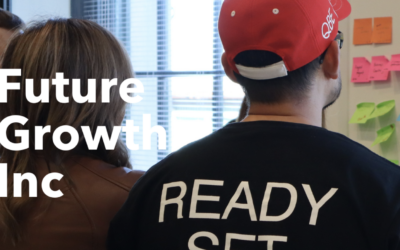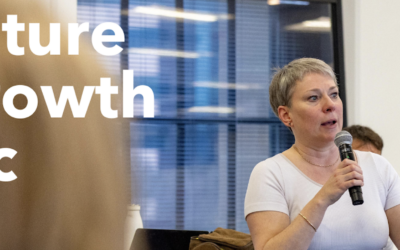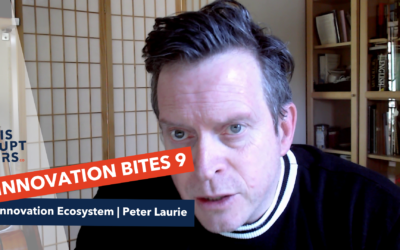When we talk with clients about the challenges facing their industry we almost always encounter a brick wall. There are always reasons why change cannot be accommodated. Or attempted. The people in some businesses and industries still believe that digital disruption is something that only happens “over there” – to the media. To advertising. But not “here”.
Now, there are many reasons for this kind of thinking. Let’s take Law for example. It takes a significant personal investment to study and then qualify as a lawyer. There are years of study required at university – often with a “double degree”. This means that you are looking at 5+ years for an undergraduate degree. This comes with a hefty, if subsidised, loan (in Australia, HECS allows repayment of your student loan after you have completed your studies).
After study comes – yes, more study. Beyond the required academic studies comes “practical legal training” – around 15 weeks of coursework, 15 weeks of work experience and ongoing professional development.
And then it is years of diligent hard work to build up experience and credibility. Some make “partner” in a large law firm. Many choose a more independent path.
So, even without pursuing a Masters degree or higher, it can be almost a decade before law practitioners begin to see a serious return on their professional investment.
But law practitioners don’t just buy-in to the profession. They buy-in to the culture. There’s prestige. Money. Lifestyle. The chance to make an impact on society. Sometimes there is even fame.
So, when disruption rears its head, coming to grips with the challenges (and opportunities) can require more than a casual glance.
A connected world is deeply regulated
Just as the media has experienced profound and ongoing disruption, the legal industry is facing it’s own time in the furnace of change. But while many of the decision makers and stakeholders across the media industry turned their backs on the challenges, we are seeing some of the leading law firms and universities grasping disruption and wrestling it to a new understanding.
[Tweet “Stanford University for example has begun to incorporate design thinking into its curriculum.”]
Stanford University for example has begun to incorporate design thinking into its curriculum.
“It means taking a creative, experimental, and user-centered approach to how we provide legal services,” says Margaret Hagan, JD ’13, a fellow at Stanford Law’s Center on the Legal Profession and a lecturer at Stanford Law School and the Stanford Institute of Design (the d.school), who co-taught the course in the fall quarter with George Triantis. “It’s taking the same design process that the d-school teaches and aiming it at the legal system, taking the human-centered design approach and applying it to the world of law.”
Closer to home, we are seeing Australian law firms begin to run internal hackathons and lead design-oriented programs for their clients. Many are supporting the startup ecosystem with dedicated resources and free and cost-effective documentation, policy and advisory services. Allens Accelerate, for example, provide the A-Suite of services for startups. LawPath bring their own form of disruption to the legal industry, offering legal documents, fixed price quotes and a secure hub for your legal documents. And Swaab have been instrumental in bringing the far flung parts of the startup ecosystem together through events, networking opportunities and access to business expertise.
As we become far more connected through our various devices and technologies, we are finding that we are more regulated, not less. Every app that we use, website that we visit or transaction that we make is subject to the law. Whether we know it or not, each day we are working within a deeply regulated environment that relies upon privacy, data and security. Yet we often swipe our privacy rights away like a bad Tinder date.
[Tweet “Yet we often swipe our privacy rights away like a bad Tinder date”]
But as the teams at Stanford are showing us, it’s quite possible to innovate and disrupt from the inside out. We just need to be ready and willing to do so before it is too late.




